If you have been growing rhubarb in your garden, you may have noticed that the leaves have started to develop holes. This can be a cause for concern, but don’t worry – we’re here to help! In this blog post, we will discuss the reasons why rhubarb leaves develop holes and offer some solutions to fix the problem.
Why Are There Holes in My Rhubarb Leaves?
Pests are the most common cause of holes in rhubarb leaves. Insects such as aphids, slugs, and caterpillars are all attracted to the sweet taste of the leaves and can quickly do damage.
Take a closer look at your leaves and see if you can spot any culprits. The pests may be hiding on the underside of the leaves or in the crevices of the stem. If you find any, you’ll need to take action to get rid of them.
The shape and size of the holes can also give you a clue as to which pest is responsible. For example, slugs leave behind slimy trails and large, ragged holes. Aphids, on the other hand, leave behind small round holes.
How to Treat Rhubarb Leaves with Holes?
To solve the problem of holes in your rhubarb leaves, you first need to identify and remove the pests. Large pests can be removed by hand, but smaller ones may require the use of pesticides.
My favorite method of pest control is to use neem oil (Amazon link), which is a natural and effective way to get rid of aphids, caterpillars, and other small pests.
Simply mix a solution of neem oil and water in a spray bottle and apply it to the affected leaves. The oil will kill the pests and also act as a deterrent, keeping them from coming back.
If you have slugs, you can get rid of them by setting out traps baited with beer or vegetable scraps. The slugs will be attracted to the bait and crawl into the traps, where they will drown.
You can also try to attract predators such as birds and ladybugs, which will help keep the population of pests under control. These beneficial insects can be attracted by planting certain flowers in your garden or using store-bought traps.
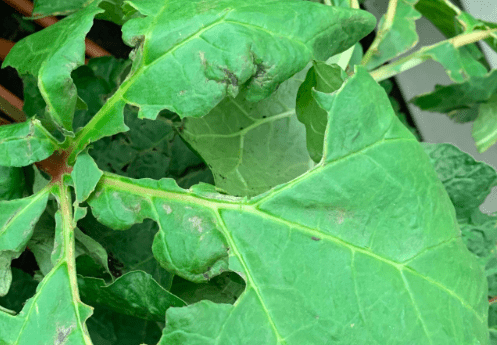
How to Keep Pests Away From Rhubarb Leaves?
Prevention is always the best cure, so take steps to keep your rhubarb plants healthy and pest-free. Start by planting them in an area with full sun and well-drained soil.
Keep the garden clean of debris and weeds, which can serve as homes for pests. This will also help the rhubarb plants to stay healthy and vigorous.
If you live in an area with a lot of pests, you may want to consider using row covers (Amazon link) to protect your plants. Row covers are made of lightweight fabric that will keep pests from getting to the leaves.
Finally, make sure to inspect your plants regularly and remove any pests you find before they have a chance to do damage. The quicker you can get rid of pests, the less damage they will do to your plants.
By following these tips, you can enjoy a bountiful crop of healthy rhubarb leaves all season long!
What Else Causes Holes in Rhubarb Leaves?
There are a few other reasons why rhubarb leaves may develop holes, including:
1. Disease
Various diseases can cause holes to form in rhubarb leaves. The most common is anthracnose, which causes small, brown lesions to form on the leaves. As these lesions grow, they will eventually weaken the leaves and turn into holes.
Other diseases that can cause holes in rhubarb leaves include bacterial leaf spot and powdery mildew. If you suspect that your plants are diseased, it’s best to treat them with a fungicide, like neem oil.
2. Weather
Extreme weather conditions can also cause holes to form in rhubarb leaves. high winds can damage the leaves, causing them to tear and develop holes. Hail can also cause similar damage.
If you live in an area with harsh winters, the cold weather can damage the leaves of your rhubarb plants, causing them to develop holes. To prevent this, make sure to mulch your plants well in the fall and protect them with row covers if necessary.
3. Age
As rhubarb leaves age, they will naturally start to develop holes and other signs of wear and tear. This is normal and is nothing to worry about.
4. Animals
If you have animals in your garden, they may be responsible for the holes in your rhubarb leaves. Rabbits, deer, and other animals may munch on the leaves, causing them to develop holes.
To keep animals away from your rhubarb plants, you can try using fencing or barriers. You can also try using natural repellents, like mint or garlic oil. Deer hate mint!
Should I Prune Rhubarb Leaves with Holes?
If the holes in your rhubarb leaves are caused by pests or disease, you may want to prune them off. This will help to prevent the problem from spreading and will also help your plant to focus its energy on new growth.
To prune rhubarb leaves, simply cut them off at the base of the plant. Be sure to disinfect your pruning shears before and after use to prevent the spread of disease. You can also compost the leaves, as long as they don’t have any pests or diseases.
Conclusion
In conclusion, holes in rhubarb leaves can be caused by a number of different things, including pests, disease, and weather. If you suspect that your plants are diseased or infected with pests, it’s best to treat them with neem oil.
To keep animals away from your rhubarb plants, you can try using fencing or barriers. I hope you found this article helpful. If you have any questions or comments, please feel free to leave them below. Thanks for reading!
Tim is an avid gardener from the UK. He was the founder of PlantCarer.com from 2021 to Sep 2023. He sold PlantCarer.com to Aaron. He has since started his own business called Seed To Supper, which provides new gardeners all the materials you need in a box (pots, seeds, compost and instructions) to grow your own delicious and nutritious vegetables and herbs from start to finish – no garden required.




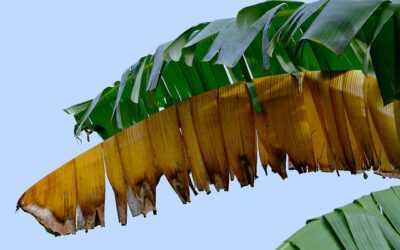

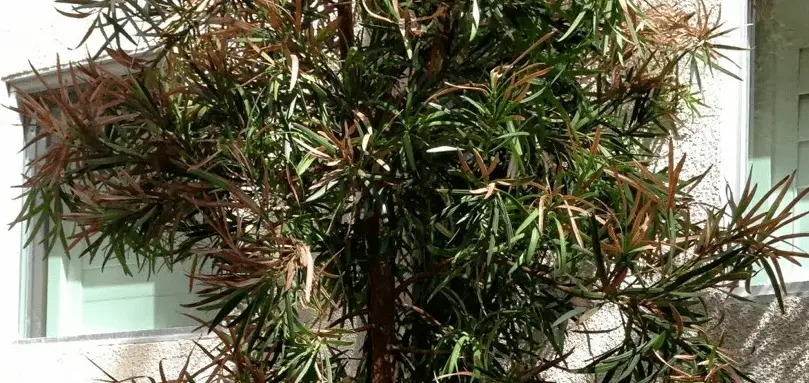
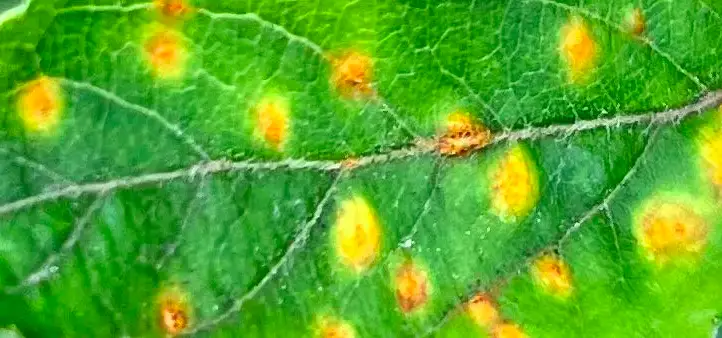
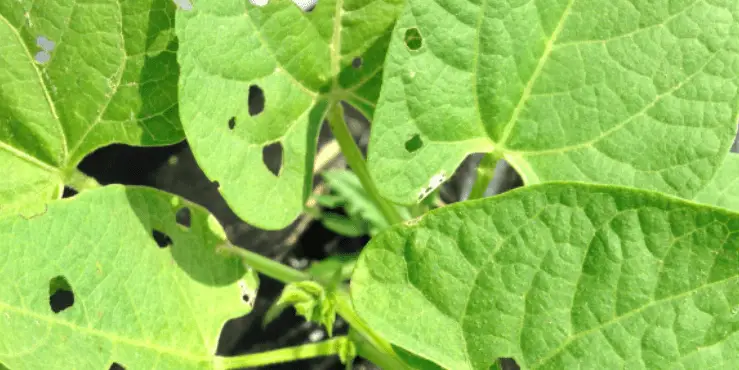
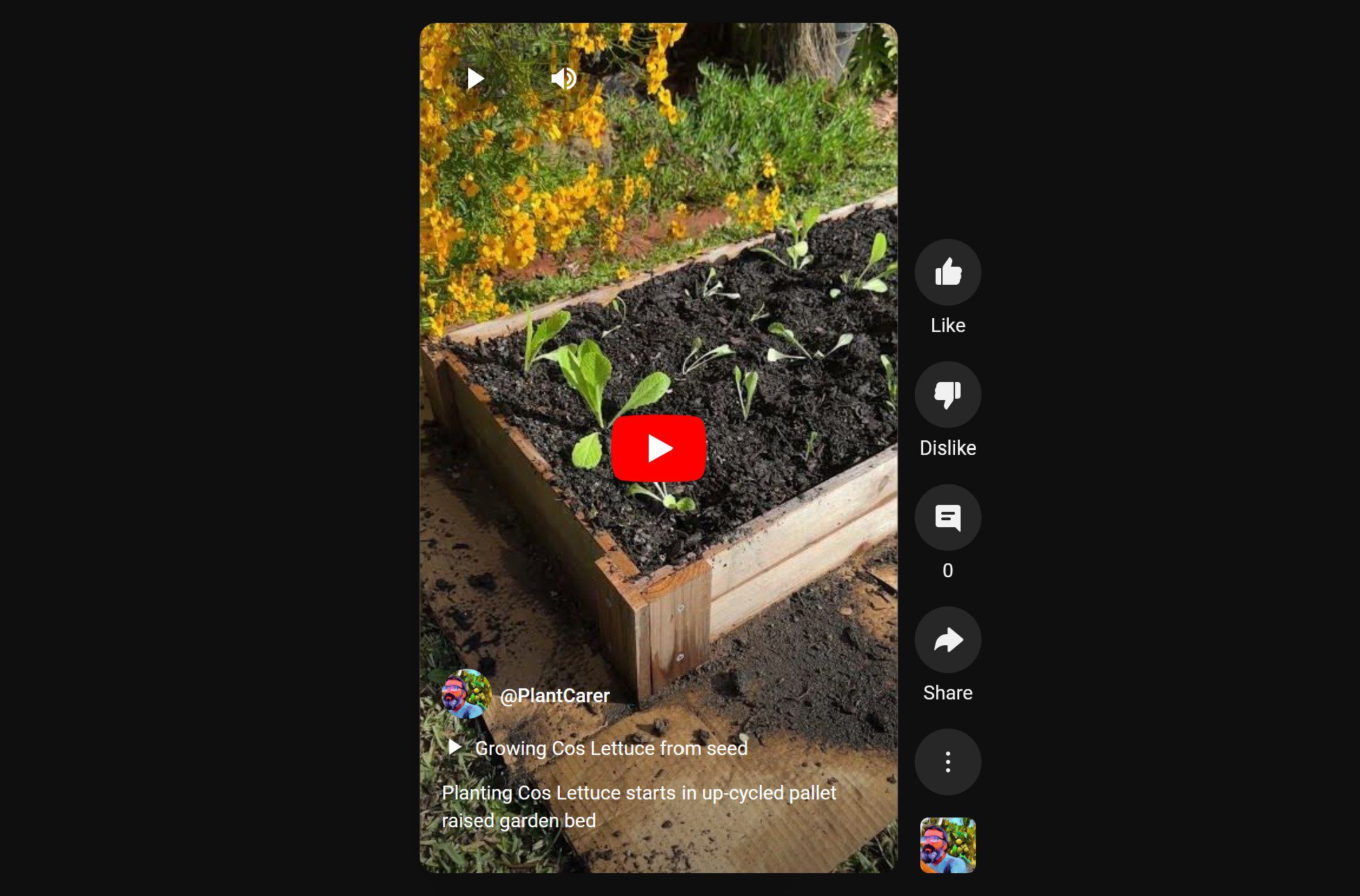
0 Comments